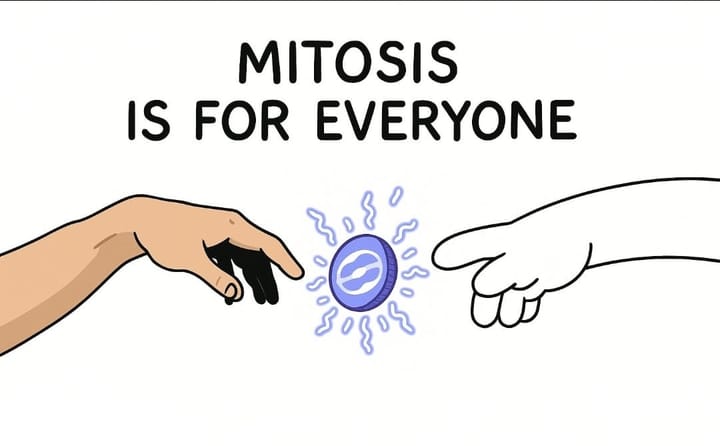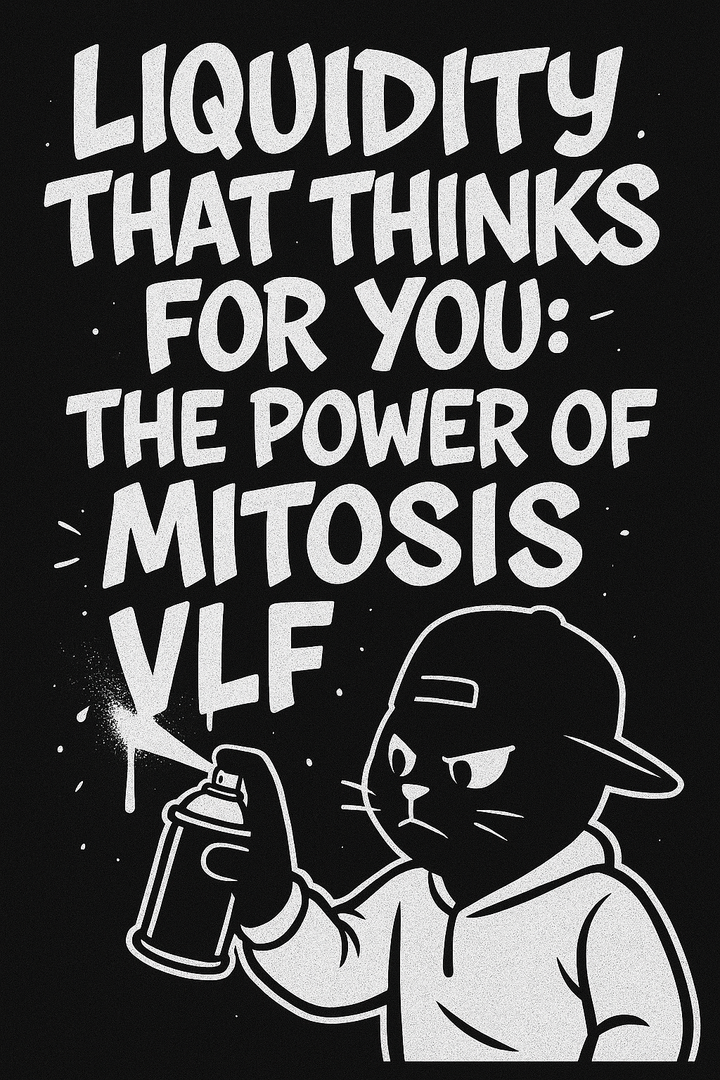Collective Liquidity Provision in Mitosis: Making Cross-Chain DeFi Work Smarter

Liquidity is the foundation of efficient financial market , ensuring that assets can be bought and sold smoothly. Traditionally , market makers and centralized exchanges have controlled how liquidity is supplied but with the growth of decentralised finance ( DeFi ) , we're seeing a shift toward something more collaborative which is collective liquidity provision.
Enter Mitosis , a next-gen protocol designed to streamline how liquidity moves across different blockchains. It’s aiming to solve one of DeFi’s biggest headaches which is fragmented liquidity and inefficient cross-chain transactions.
What Liquidity Provision Looks Like in Mitosis
Mitosis is built to make liquidity sharing across blockchains fast, flexible , and smooth. In the past , liquidity was often trapped within isolated systems like individual chains or centralized platforms.
Mitosis changes the game by enabling interoperable liquidity. In other words , it lets assets flow freely between ecosystems. The idea is to create a more connected , efficient DeFi experience for both users and developers.
Providing liquidity in this context means depositing your assets into shared pools that help facilitate trades. The more liquidity in the system , the tighter the spreads and the more stable the prices. Mitosis helps keep these systems balanced and reduces friction when assets are traded across chains.
How Mitosis Makes Collective Liquidity Work
At the heart of Mitosis is a shared liquidity model that allows multiple users to pool their assets together into cross-chain liquidity hubs. These pools enable fast and efficient swaps between blockchains , improving both accessibility and performance.
What Makes Mitosis Stand Out:
- Cross-chain liquidity aggregation : it combines liquidity from multiple blockchains into a single ecosystem.
- Decentralised by design : Everyone can contribute so no gatekeeping.
- Reward driven participation : Contributors earn through transaction fees and incentive programs.
- Risk distribution : Spreading liquidity across chains helps reduce risk tied to any one network.
Mitosis and the DeFi Liquidity Landscape
Mitosis builds on the AMM (Automated Market Maker) concept but takes it a step further across chains. Traditional AMMs work great within one blockchain , but they don’t flow with each other. Mitosis creates bridges between these chains , unlocking far more efficient trading and capital use.
A Quick Comparison:
- Traditional model : Liquidity is often trapped within one chain or one platform.
- Mitosis model : Assets move freely across ecosystems, creating a unified liquidity network.
Why Mitosis Matters for Liquidity Providers
If you’re contributing liquidity in Mitosis , here’s what you’re getting out of it:
- Interoperability : Your assets aren’t stuck on one chain , they can move where they’re most effective.
- passive earnings : LPs earn fees and incentive programs reward , creating passive income.
- Stability : More liquidity means better pricing and less volatility.
Mitosis isn’t just adjusting how liquidity works it’s redefining it. By making liquidity provision collective, decentralized, and cross-chain, it helps build a more flexible and inclusive DeFi infrastructure.



Comments ()